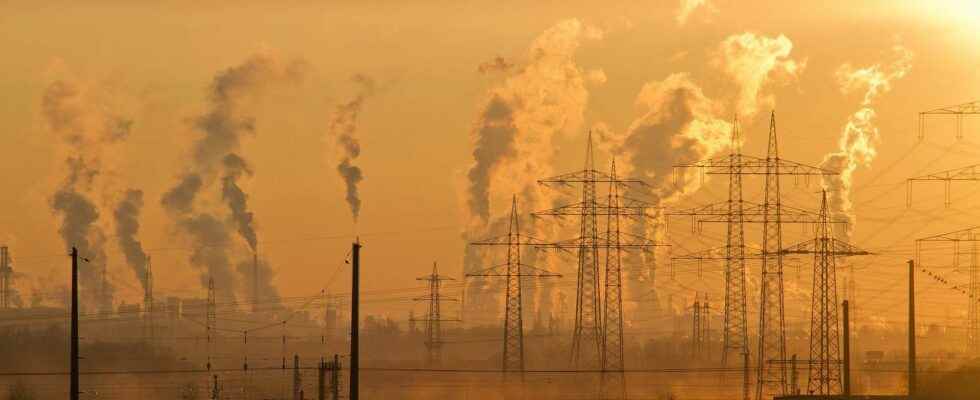Every year the NOAAthe US Administration ofatmosphere and oceans, uses a precise tool to study the influence of emissions of greenhouse gases fromhuman activity on global warming : the annual Greenhouse Gas Index. Among the greenhouse gases taken into account, carbon dioxide, methane, nitrous oxide, chlorofluorocarbons and 16 other pollutants. The index of the NOAA measures the amount of heat trapped in the atmosphere each year, and to compare it to previous years, but also to understand which gas has the most influence on the rise in temperatures. How do we measure the amount of greenhouse gases emitted each year? Through sensors distributed all over the world, who analyze samples. Of course, these sensors are not present in every corner of the planet, but in reference areas, the NOAA therefore specifies that this is an average which still deserves to be refined. As this is a fairly recent concern, the first data do not date back until 1990, the year in which these analyzes began following the Kyoto Protocol and the first IPCC report.
In 2021, the Index rose to 1.49, which means that greenhouse gases trapped 49% more heat in the atmosphere than in 1990. Remember that greenhouse gases greenhouse form a “lid” that prevents heat from escaping as it should.
Carbon dioxide: responsible for 80% of global warming
NOAA estimates that the five main gases (carbon dioxide, methane, nitrous oxide, CFC-12 and CFC-11) are responsible for 96% of the global warming since 1750. Carbon dioxide (CO2) is by far the most emitted gas into the atmosphere by human activities: 36 billion metric tons are emitted each year by transport, electricity, industry, deforestation and agriculture, among others. Some of this CO2 will remain in the atmosphere and oceans for thousands of years. The average increase in CO2 in 2021 was slightly higher than the 2010-2020 average, but much higher than the 2000-2009 average. Carbon dioxide would be responsible for 80% of the rise in temperatures since 2000, and the NOAA specifies “ that eliminating CO pollution2 should be our top priority “.
Methane has increased by 162%
What about the methane, this gas which experienced a record increase in 2021? It is the second most impactful gas for global warming, after carbon dioxide. The level of methane emitted into the atmosphere is currently 162% higher than before the Industrial Revolution. The methane rate recorded in 2021 is 15% higher than the 1984-2006 average. But if the causes of increased CO2 are well known, those of methane after 2007 much less so. According to NOAA, microbial sources resulting from the degradation of wet area, agricultural fields but also landfills, could have largely contributed to this increase. The fossil fuels would have, a prioria small but still real impact on the increase in methane emissions.
The third most impacting greenhouse gas is nitrous oxide, mainly from agricultural fertilizers : With an expanding world population and a demand for food that is destined to explode, it will be very difficult to limit nitrous oxide, according to NOAA. The researchers thus advise focusing on the reduction of carbon dioxide, which is more easily controllable: this will therefore necessarily involve restrictions in matter transport, industry, urbanization and energy consumption.
Interested in what you just read?
